Is your iPhone feeling like a hot potato? Nothing can be more frustrating than dealing with an overheating iPhone. Whether you’re browsing the web, watching videos, or playing games, that unpleasant warmth can make your device uncomfortable to hold and even affect its performance. But did you know that an iPhone getting too warm can be more than just an annoyance? It can have significant implications for your phone’s overall health and longevity.
Read on to explore the common reasons behind iPhone overheating, its impact on battery drain, and how it can potentially shorten your device’s lifespan. I’ll equip you with essential techniques to cool down your iPhone and prevent those pesky heating issues from recurring.
So, if you’re tired of dealing with an iPhone that feels like it’s about to ignite, this article is your ultimate guide to resolving the problem. Discover how to cool down iPhone, protect its battery life, and maintain its performance even during intense tasks. Let’s dive in and keep your iPhone cool and collected!
Why Is My iPhone Getting Hot?
Several factors may cause the iPhone overheating issues you are facing:
- Faulty Battery: A faulty battery can spell trouble for your device’s temperature regulation, leading to iPhone overheating even when you’re not actively using it. When the chemicals inside the battery fail to react properly, it disrupts normal functioning, causing the battery to heat up and eventually fail. Ensuring your battery’s health is vital to prevent overheating issues.
- Exposure to Direct Sunlight: Leaving your iPhone under the scorching rays of the sun can quickly turn it into a mini oven. The external heat transfers to the internal components, causing them to overheat. This not only hampers your iPhone’s performance but can also result in sudden shutdowns or malfunctioning.
- Too Many Apps Running: Running multiple apps in the background might seem convenient, but it puts a considerable load on your iPhone’s CPU and other resources. The continuous processing raises the CPU’s temperature, leading to the overall overheating of your iPhone.
- Heavy Streaming: Streaming videos or music can be entertaining, but it can take a toll on your iPhone’s CPU. The CPU works diligently to decode the video or music stream, consuming significant processing power, which in turn heats your iPhone.
- Outdated Apps: Neglecting app updates can also contribute to overheating problems. Outdated apps might not be optimized for the latest iOS version, causing them to consume more resources than necessary and generate additional heat within your iPhone.
- Other factors: Other factors that can cause iPhone overheating include using a case that traps heat, charging your iPhone in a hot environment, or using your iPhone in a hot environment for extended periods.
Is It Normal for iPhone To Get Warm While Using It?
Yes, it’s perfectly okay for your iPhone to become warm while you’re using it. This is especially true if you are using your iPhone to handle tasks that require a lot of processing power. Activities like gaming, streaming videos, or using demanding apps are likely to cause your iPhone’s components, including the processor, to work harder. As a result, some heat is generated, and you might notice the device feeling warm to the touch.
However, if your iPhone becomes excessively hot to the point where it’s uncomfortable to hold or if it’s accompanied by a significant decrease in battery life, it could be a sign of an issue. This is not good for your device. In such cases, you should try to check for any background apps that might be running unnecessarily and causing the device to heat up.
If the problem persists or you’re concerned about your iPhone overheating, it’s best to consult Apple Support or visit an authorized service center for assistance.
Why Is My iPhone Getting Warm?
Several factors can contribute to your iPhone feeling warm while using it. You need to be aware of these common reasons, as they can give you a better understanding of why your device might be heating up:
- Using Demanding Apps: Some apps are designed to perform tasks that require a lot of processing power. For example, graphics-intensive games, video editing apps, or augmented reality applications can put a heavy load on your iPhone’s CPU and GPU. This increased activity generates heat as the components work harder to complete these tasks efficiently.
- Charging in Hot Environments: Charging your iPhone in environments with high temperatures can be a culprit for iPhone overheating. Placing your device in direct sunlight or leaving it in a hot car while it’s charging can cause it to overheat. The heat generated during charging can combine with external heat, leading to an increase in temperature.
- A Faulty Battery: Over time, batteries naturally degrade, and this can impact their efficiency. An old or faulty battery might struggle to manage power consumption properly, resulting in increased heat production. If your battery isn’t able to regulate its temperature effectively, it could lead to your iPhone overheating.
- Software Bugs: Though uncommon, software bugs can occasionally lead to increased processor activity, causing your iPhone to heat up. These bugs might occur due to coding issues in apps or even within the operating system itself. Thankfully, Apple frequently releases software updates that address such bugs, so keeping your iPhone updated will go a long way to help prevent this from happening.
It’s important to note that while some warmth during intensive usage is normal, your iPhone shouldn’t become uncomfortably hot. If you experience prolonged or excessive heat, it’s advisable to let your device cool down for a while.
Should I Worry About My iPhone Getting Hot?
Perhaps you should. This is because when your iPhone overheats, it can lead to several consequences that can negatively impact both your device’s battery and overall lifespan. You need to understand these consequences as they will spur you on to take the necessary precautions to cool down your iPhone and maintain your device’s health. Here are some of them:
- Battery Damage: One of the most significant consequences of iPhone overheating is the potential damage to its battery. Excessive heat can cause the battery’s chemicals to degrade faster, leading to reduced capacity and performance. A damaged battery may struggle to hold a charge, resulting in frequent recharging and overall inconvenience.
- Reduced Lifespan: iPhone overheating can significantly shorten your iPhone’s lifespan. Prolonged exposure to high temperatures can stress the internal components, affecting their longevity. An iPhone that consistently overheats may experience premature hardware failures, leading to the need for costly repairs or replacements.
- Performance Issues: An overheating iPhone may experience performance issues such as lagging, freezing, or sudden shutdowns. The increased heat can impact the CPU’s ability to process tasks efficiently, leading to a sluggish user experience and disrupted functionality.
- Shutdown: One of the critical consequences of iPhone overheating is its potential to shut down unexpectedly. When your iPhone reaches a dangerously high temperature, its built-in safety mechanisms are triggered to safeguard the device from further overheating.
This protective measure ensures that your device doesn’t sustain further heat-related harm and avoids potential hazards to you.
It may please you to know that iPhone comes with some built-in safety measures to prevent dangerous overheating. Let’s consider some of them.
IPhone’s Built-in Safety Measures To Prevent Overheating
iPhones come equipped with a range of effective built-in safety measures to safeguard against dangerous overheating and cooling down iPhones. These measures work seamlessly to protect your device from potential damage and ensure a reliable user experience. Here are some key safety mechanisms that your iPhone utilizes:
- Throttling Mechanism: When your iPhone detects a temperature rise that could lead to overheating, it employs a throttling mechanism. This smart feature reduces the performance of the CPU and other essential components. By slowing down these components, the iPhone minimizes heat generation, effectively preventing the device from overheating further.
- Automatic Shutdown: Another vital safety measure is the automatic shutdown feature. If the iPhone’s temperature reaches a critical level, the device will initiate an immediate shutdown. This swift action prevents any escalation of heat and protects the internal components from potential damage. The shutdown acts as a preventive measure against iPhone overheating and returns it to normal temperature.
- Thermal Sensor: The presence of a thermal sensor is crucial in monitoring the temperature of your iPhone. This sensor constantly assesses the device’s heat levels. If it detects temperatures beyond a safe threshold, it sends an alert to the throttling mechanism. This communication prompts the necessary action to mitigate overheating risks promptly.
The combination of these safety measures ensures that your iPhone operates within safe temperature limits, reducing the risk of overheating-related issues. By employing these intelligent mechanisms, your iPhone effectively maintains its performance and longevity, even during demanding tasks or environmental challenges.
How To Cool Down Your iPhone
Here are the steps to effectively cool down your overheating iPhone.
- Remove the Case
Removing your iPhone’s case should be your first line of action. This is because cases can trap heat and hinder the natural cooling process. Allowing your iPhone to breathe freely can help dissipate heat faster.
- Turn Off the Phone
Power off your iPhone immediately to stop any ongoing processes that may be contributing to the iPhone overheating. Press and hold the power button until the Slide to Power Off slider appears, and then swipe to shut down.
- Avoid Charging While Hot
Refrain from charging your iPhone while it’s hot. Charging generates additional heat and may even worsen the problem. Wait until your iPhone cools down before plugging it in.
- Find a Cooler Environment
Relocate your iPhone to a cooler spot. Avoid direct sunlight or areas with high ambient temperatures. A cooler environment can facilitate quicker heat dissipation. Also, encourage air circulation around your iPhone. If you’re indoors, use a fan or air conditioning to aid in cooling.
- Gradual Cooling
Avoid drastic temperature changes to prevent condensation inside the device. Don’t place your iPhone in the refrigerator as this can cause water vapor to condense inside the phone.
- Be patient
Allow your iPhone some time to cool down naturally. Don’t be tempted to press the power button to turn it back on immediately. Waiting for a few minutes can ensure that your device reaches a safe operating temperature. Also, when you eventually power it back on, be mindful of resource-intensive activities initially. Give your iPhone some time to stabilize before resuming demanding tasks.
Remember, addressing iPhone overheating promptly is crucial to protect your iPhone’s internal components. If you wait too long, you may unwittingly damage some parts of your precious device.
How Do I Stop My iPhone From Getting So Hot?
To protect your device from overheating, cool down your iPhone, and ensure optimum performance, here are practical preventive measures tailored just for you:
- Avoid Direct Sunlight: When you’re out and about, shield your iPhone from direct sunlight. The sun’s rays can heat the exterior, transmitting heat to internal components. Keep it in a cool place like a bag or purse to minimize overheating risks.
- Close Unused Apps: Background apps can drain battery power and contribute to overheating. Double-click the Home button and swipe up unused apps to close them effectively.
- Mind the Company: Avoid placing your iPhone near other devices emitting heat, such as laptops or tablets. Keeping some distance helps cool down iPhone.
- Utilize Airplane Mode: Opt for Airplane mode when not needing wireless connections (Wi-Fi, Bluetooth, and cellular data). This simple step significantly reduces heat production and cools down iPhone.
- Turn Off Bluetooth: Disabling Bluetooth when not in use prevents unnecessary power consumption and helps cool down iPhone.
- Don’t Smother Your iPhone: Resist the urge to cover your iPhone with blankets or pillows. Allowing proper airflow prevents heat buildup and potential iPhone overheating issues.
- Tweak Brightness Settings: Adjusting a few settings can work wonders. Turn off auto-brightness and lower screen brightness to reduce power usage and heat generation.
- Update Apps: Regularly update your apps to ensure they are optimized and free of potential iPhone overheating issues associated with outdated software.
- Mind Streaming: Streaming videos or music can demand significant battery power. If you must stream, choose a cool environment and consider lowering the stream quality to reduce heat generation.
- Embrace Low Power Mode: Get used to turning on Low Power Mode in your iPhone’s settings (Settings > Battery > Low Power Mode) to decrease power usage and cool down your iPhone. Get more tips here.
How Do I Check Battery Health on iPhone?
To check the battery health of your iPhone and ensure its longevity, follow these simple steps:
- Unlock your iPhone and locate the Settings app on your home screen. Tap it to access the settings menu.
- Within the Settings menu, scroll down and tap Battery to access detailed battery information. Next, select Battery Health & Charging.
- Under Battery Health, you will find essential details about your battery’s performance.
Here are some of the details you may find about your battery’s performance under the Battery Health section and their significance:
- Maximum Capacity: This indicates the percentage of your battery’s original capacity that is still available. A higher percentage suggests a healthier battery.
- Peak Performance Capability: This indicates whether your iPhone’s battery can maintain peak performance. If it says “Your battery is currently supporting peak performance,” then your battery is in good health. However, if it says “Your battery may need to be serviced,” then it may be time to consider a battery replacement.
- Significantly Degraded Battery Health: If you come across the message “Your battery health is significantly degraded,” it means your battery has lost over 80% of its original capacity. This could result in performance issues such as shorter battery life and unexpected shutdowns, signaling the need for a battery replacement. Would you like to know how to keep your iPhone’s battery in peak health? Check out Arnold Zafra’s post to do just that.
Prolonging iPhone Battery Lifespan With Proper Charging Tips
You see, improper charging habits and using non-original chargers can have detrimental effects on your device’s battery health, leading to iPhone overheating and other battery-related issues. You need to understand how these practices can impact your device and take the necessary precautions to maintain optimal battery performance. So let’s delve into that a bit.
While using non-original chargers or cheap knock-off charging cables may seem like a budget-friendly option, they can cause serious problems for your iPhone’s battery. These substandard chargers often lack the necessary safety features and quality standards of genuine Apple chargers, making them prone to overheating, short-circuiting, and even damaging your device’s battery over time.
Similarly, improper charging habits, such as consistently charging your iPhone to 100% or letting it drain to 0% before charging, can also harm the battery. Lithium-ion batteries, like the ones in your iPhone, should be charged in a range between 20% and 80%. Charging your phone to its maximum capacity or letting it reach critically low levels frequently can cause stress on the battery and lead to premature degradation.
Another common charging mistake you should consciously try to avoid is leaving your iPhone plugged in overnight or for prolonged periods, especially with a non-original charger. This habit can result in iPhone overheating, overcharging, and further harming the battery’s capacity and overall health.
Additionally, try to keep your iPhone in a cool, well-ventilated area while charging to prevent excessive heat buildup. Avoid charging your device on soft surfaces like beds or sofas, as they can trap heat and affect your phone’s temperature.
By following these guidelines and being mindful of your charging habits, you can maintain a healthy battery life for your device and minimize the risk of iPhone overheating or other battery-related issues.
Frequently Asked Questions
There are a few reasons why your iPhone might be hot and lose battery. Some of the most common reasons include: Using demanding apps, charging your iPhone in a hot environment, a faulty battery, a software bug, background processes, charging while in use, software issues, and exposure to direct sunlight.
Yes, it can be bad if your iPhone gets hot. Heat can damage the battery and other internal components of your phone. Although a slight increase in temperature during heavy use is normal. However, prolonged or excessive heat can be a concern. Overheating can lead to potential problems, including battery damage, performance issues, and component damage.
Unfortunately, there is no way to check the temperature of your iPhone through the Settings app. Apple does not provide this information. However, there are a few third-party apps that can help you check the temperature of your iPhone. One popular app is Battery Life, which is available for free on the App Store. To use Battery Life, simply install the app and open it. Once the app is open, tap the Battery tab and then scroll down to the Temperature section. This section will show you the current temperature of your iPhone’s battery.
Conclusion
As you have seen, taking proactive measures to prevent iPhone overheating is essential in maintaining its performance and prolonging its lifespan. By implementing the tips mentioned in this article, such as avoiding direct sunlight, closing unused apps, and regular software updates, you can significantly reduce the risk of overheating issues.
Additionally, consider installing a reliable mobile security app like AVG Mobile Security on your device to protect it from potential security threats and malware that could contribute to overheating problems. Additionally, AVG Mobile Security offers device performance optimization tools to boost your phone’s speed and battery life. Learn more about AVG Mobile Security here.
Remember, a well-maintained iPhone not only performs better but also provides you with uninterrupted usage without any overheating concerns. So, take action today and safeguard your iPhone by following these preventive measures and leveraging the power of AVG Mobile Security.
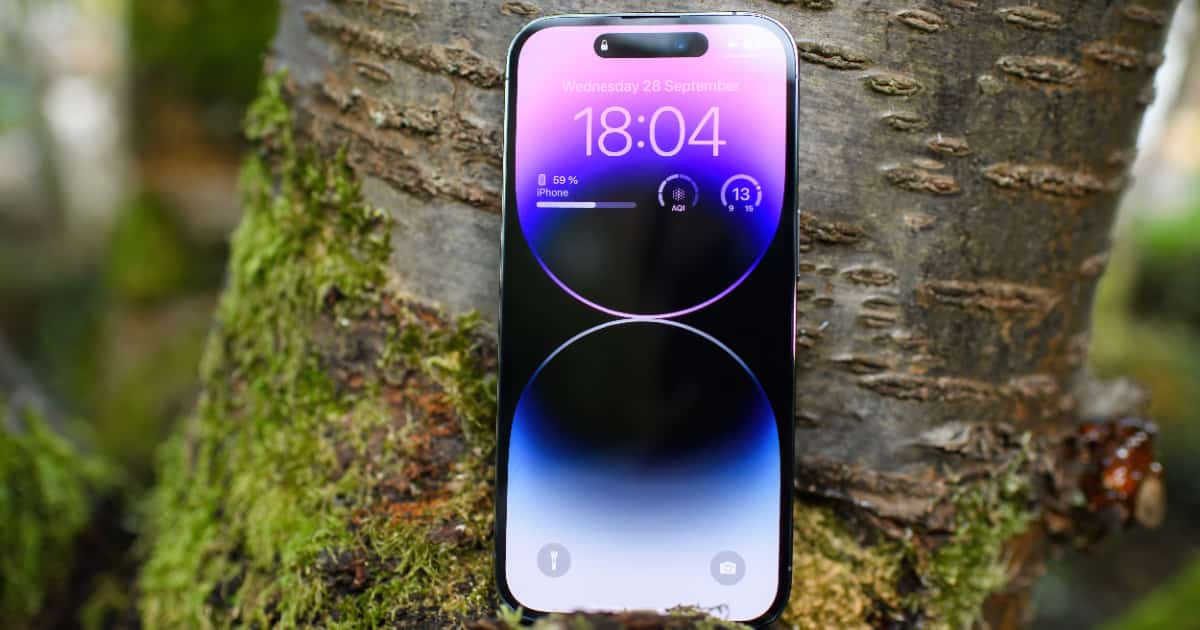

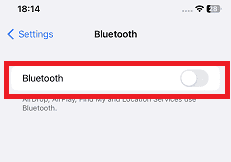
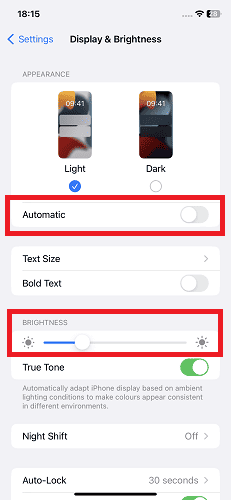
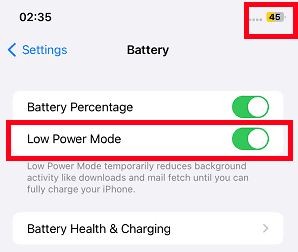
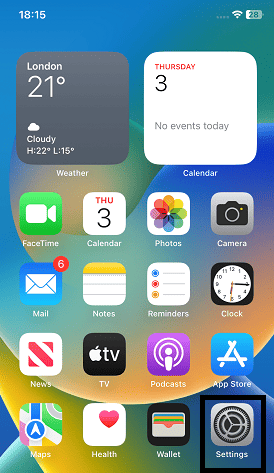
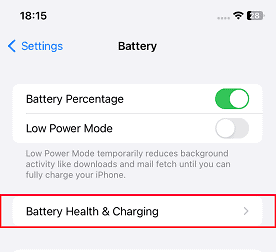
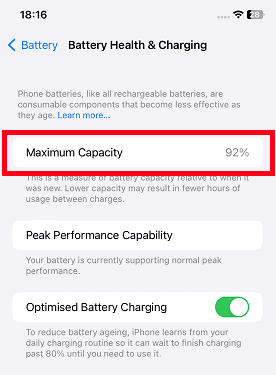
And I would have opted for a longer fuse.
Yeah, Lee, I thought that video was pretty funny (and fitting).
“There is a layer of white stuff, I don’t know if it is safe to touch or not” as he touches it.
I have found that taking video on a hot day will heat up the iPhone.